Fitzrovia, a small neighbourhood nestled in the heart of London, has been my home for a number of years. As someone hailing from a small town, I have found that living in Fitzrovia feels familiar. Unlike other bustling areas of London, Fitzrovia has maintained a sense of community. The abundance of local businesses and the ease with which one can get to know their neighbours make it a pleasure to walk through the streets and engage with the people around you.
However, even as Fitzrovia feels like a haven of warmth and familiarity, it is still subject to the changes that occur in any rapidly-evolving metropolis. Over the past few years, many local icons have disappeared, and it has become increasingly apparent that this neighbourhood is in a state of perpetual transformation. The Spanish clubs at the end of Tottenham Court Road, Vera sandwich bar, Mr. Cappuccino, and the Middlesex Hospital are just a few examples of businesses that have closed their doors. Yet, as much as it is tempting to cling to the past, the changes in Fitzrovia are an opportunity to document our time and preserve the memories of those who came before us.
In 2012, I approached Paul, one of the best bespoke tailors in Fitzrovia, and asked him to help me create a photographic project. Paul has been in London for over forty years and is based at 66 Cleveland Street. His workshop is a multicultural creative environment, a crossroad of people and stories that deserve to be told. Most importantly, Paul’s garments are of sublime craftsmanship, and his workshop is a must-visit destination for anyone seeking a true bespoke suit.
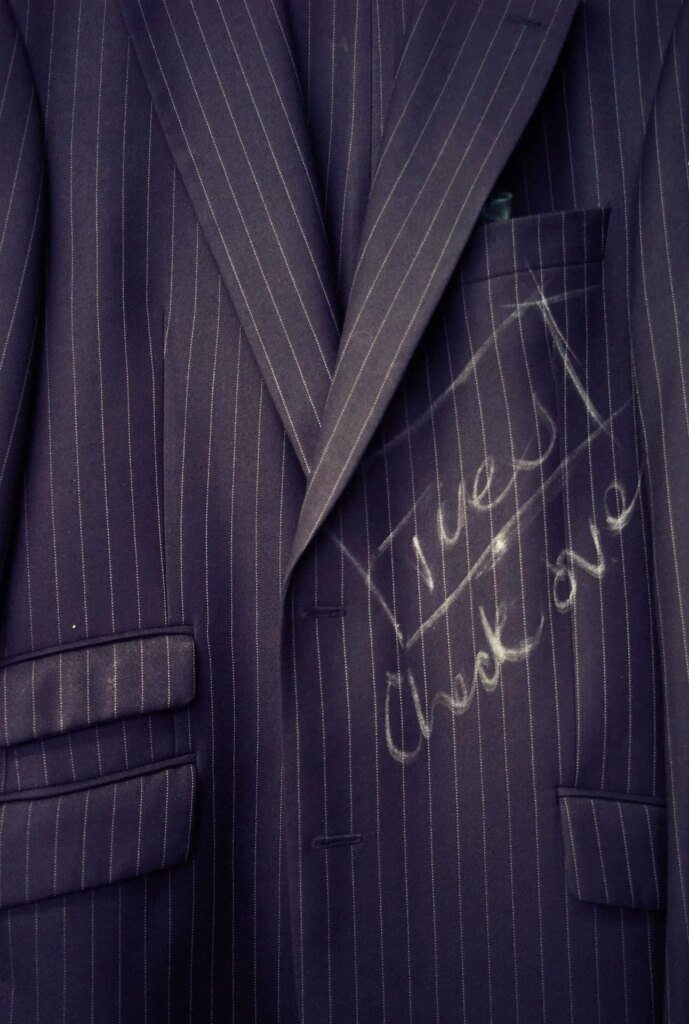
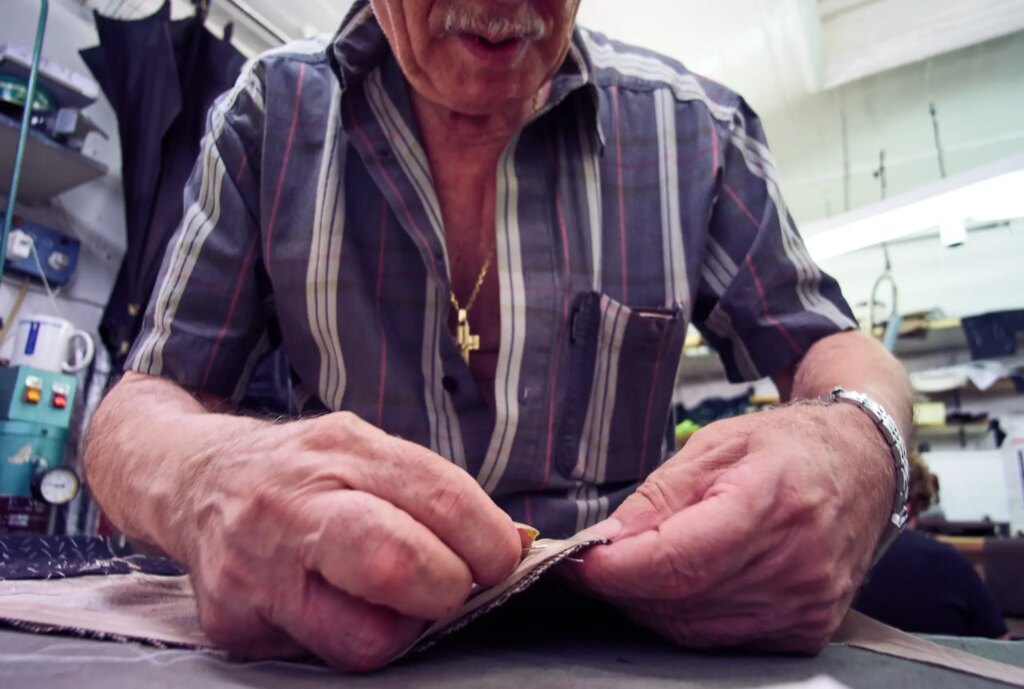
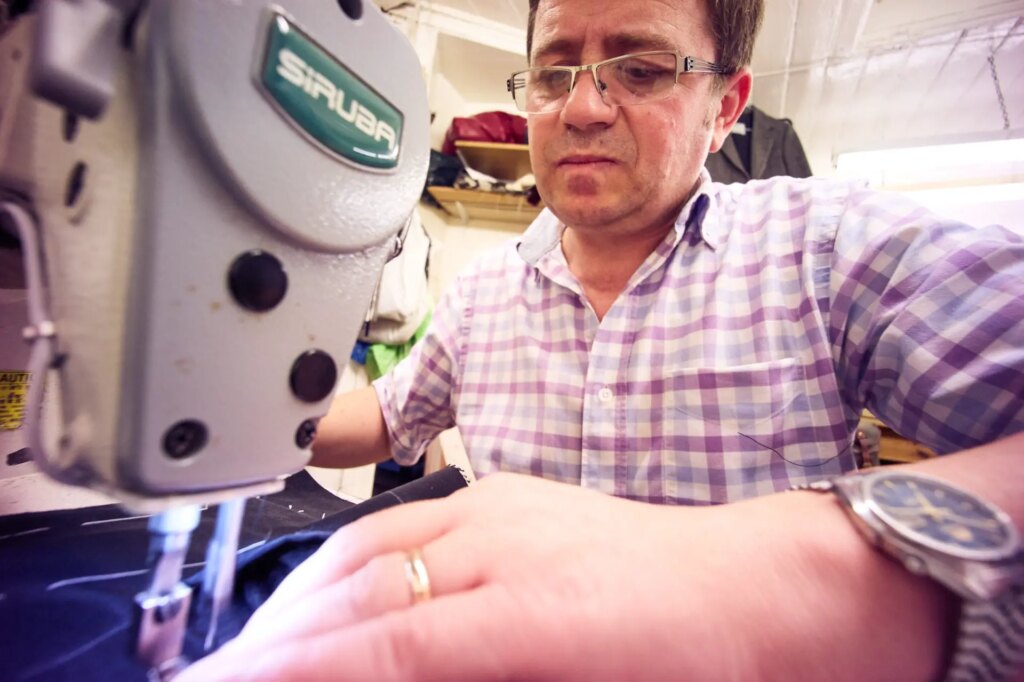
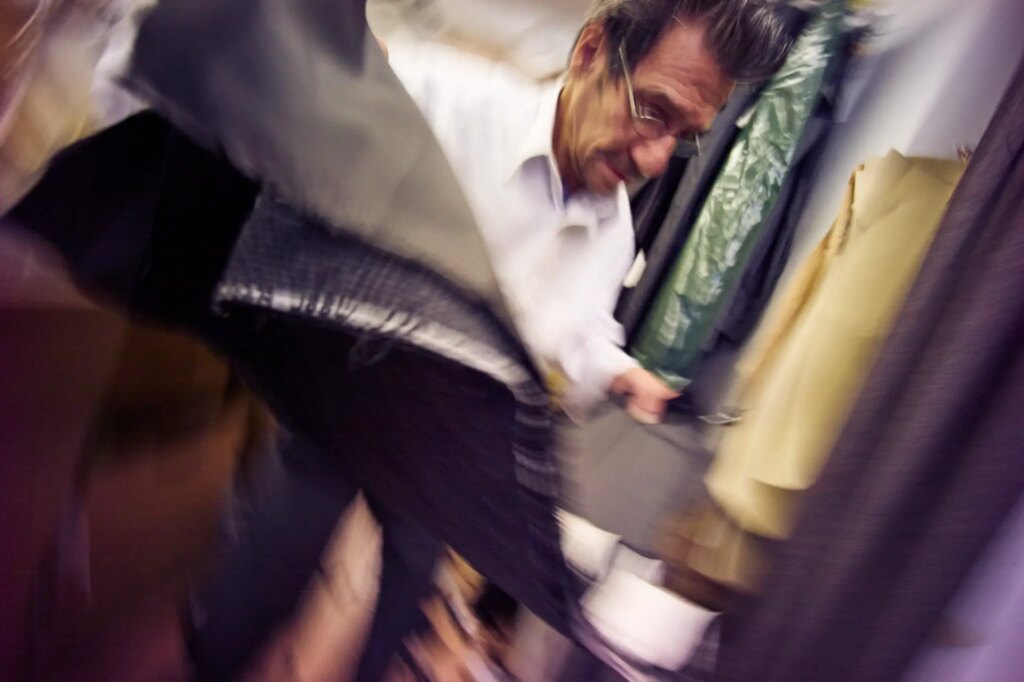
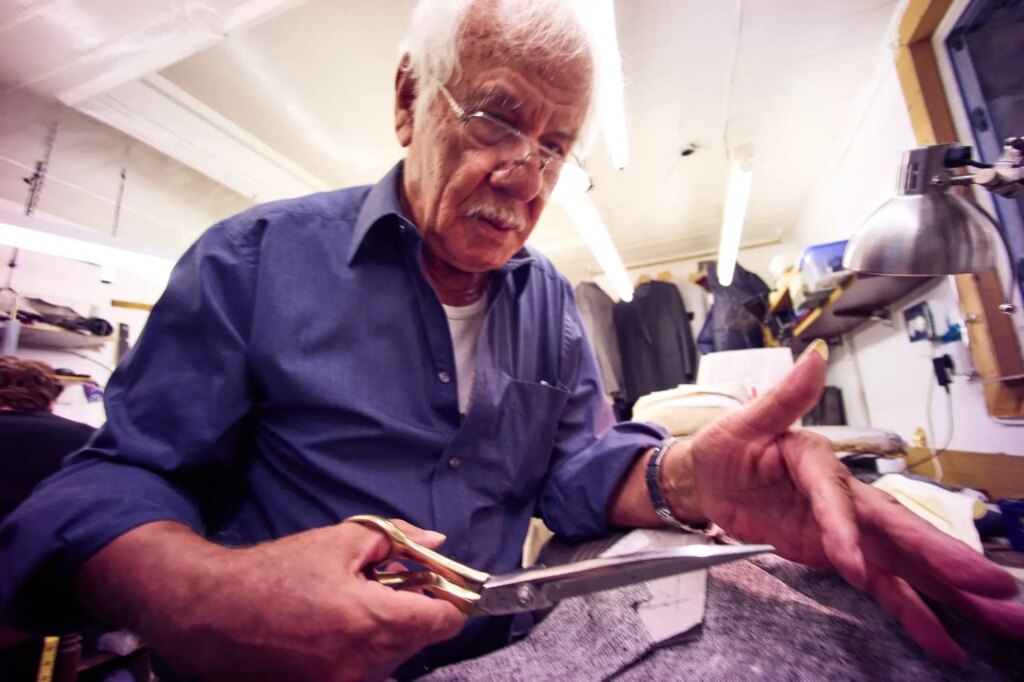
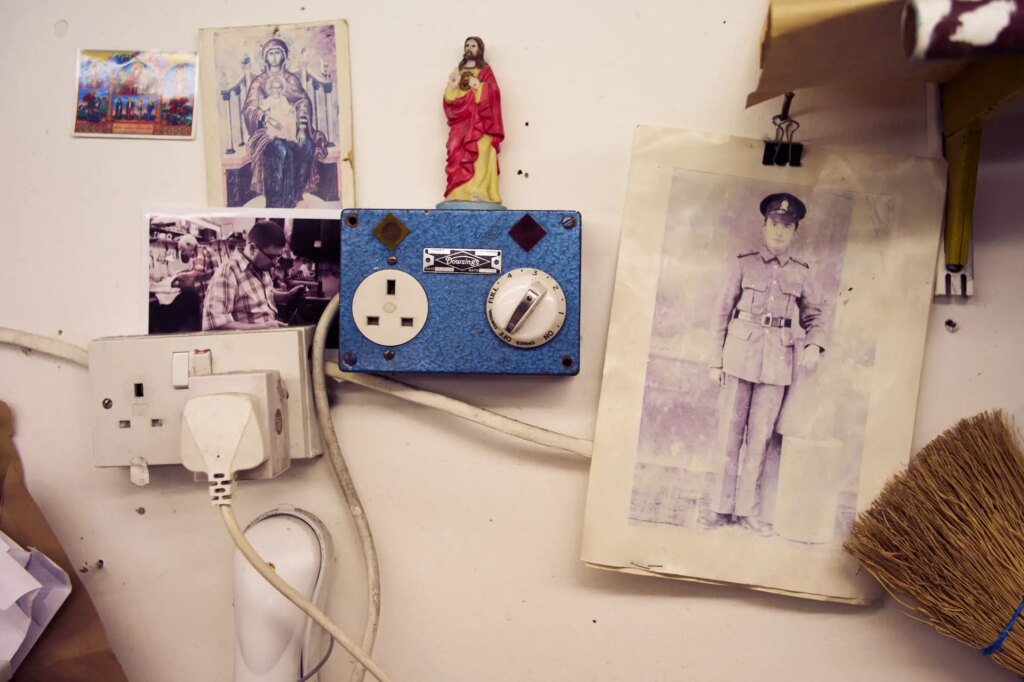
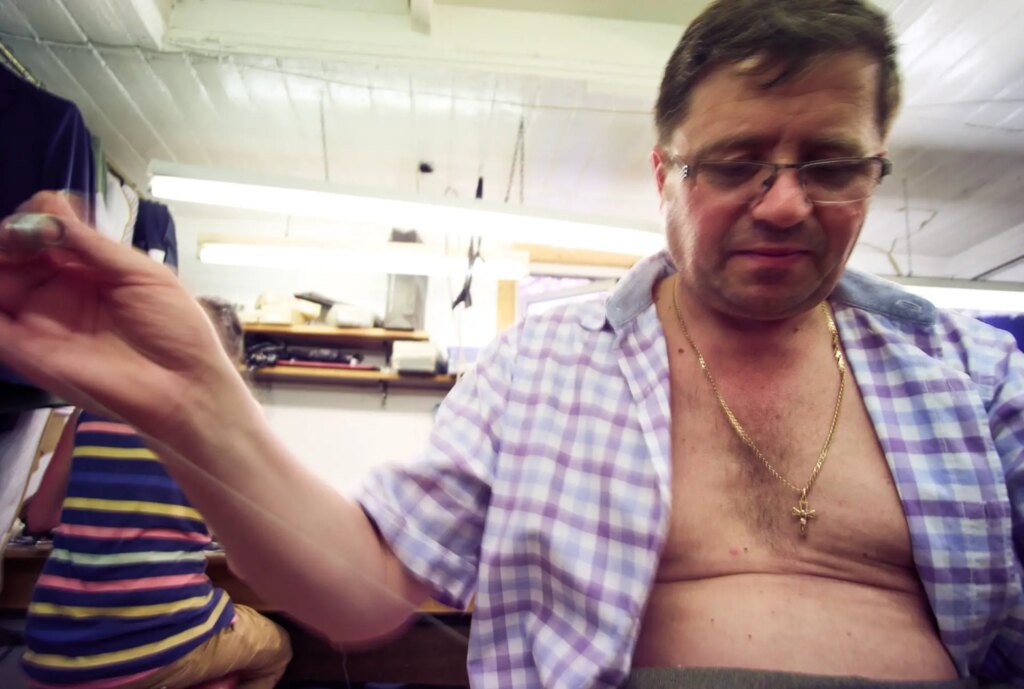
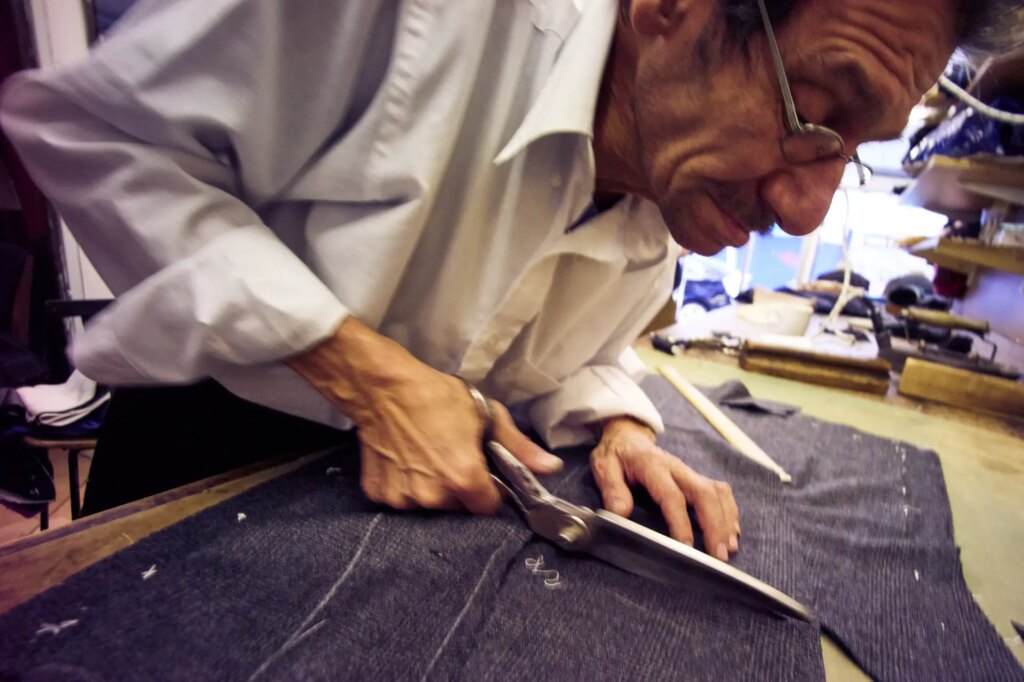
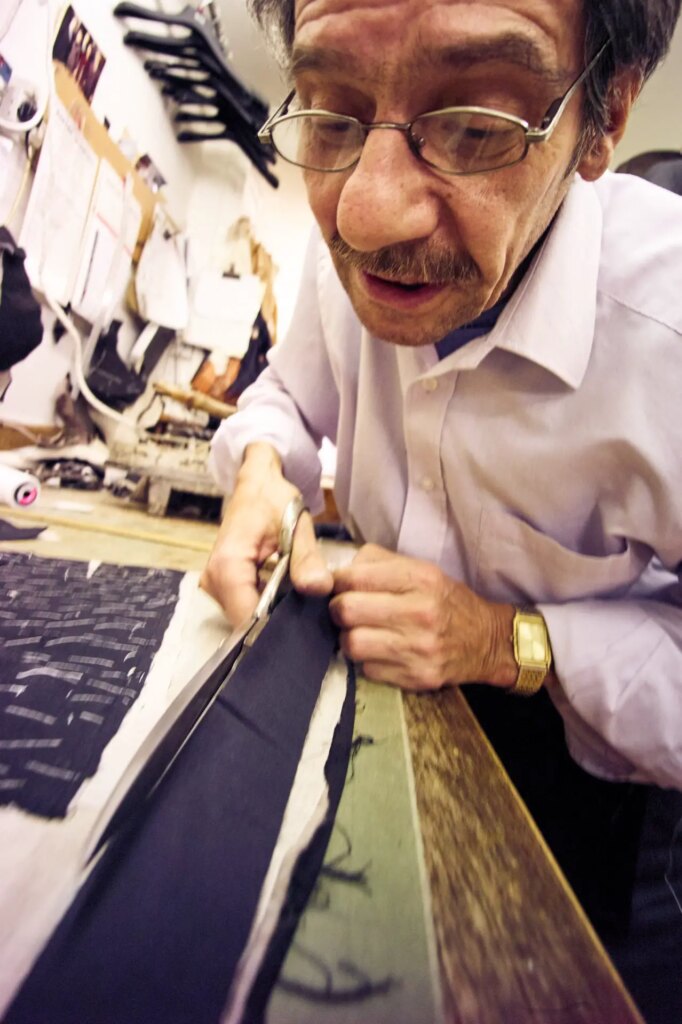
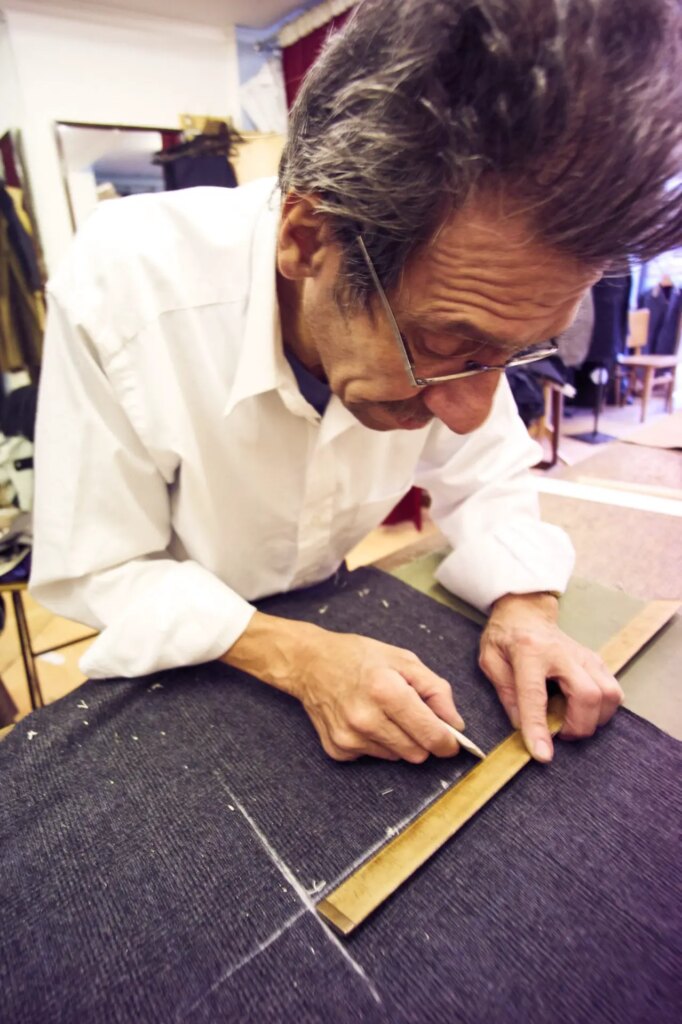
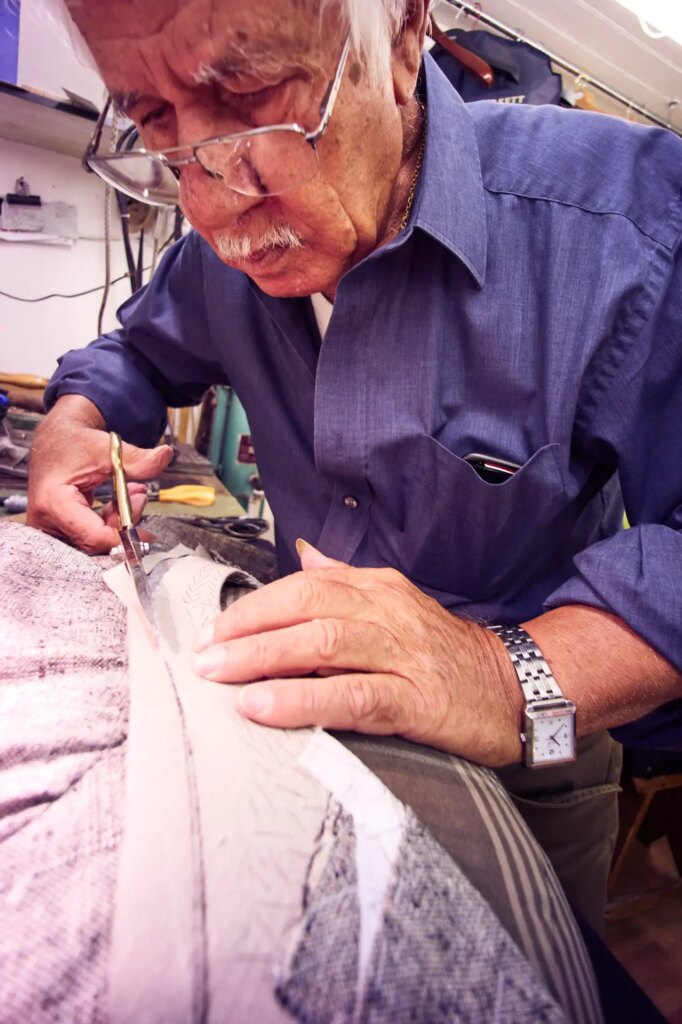
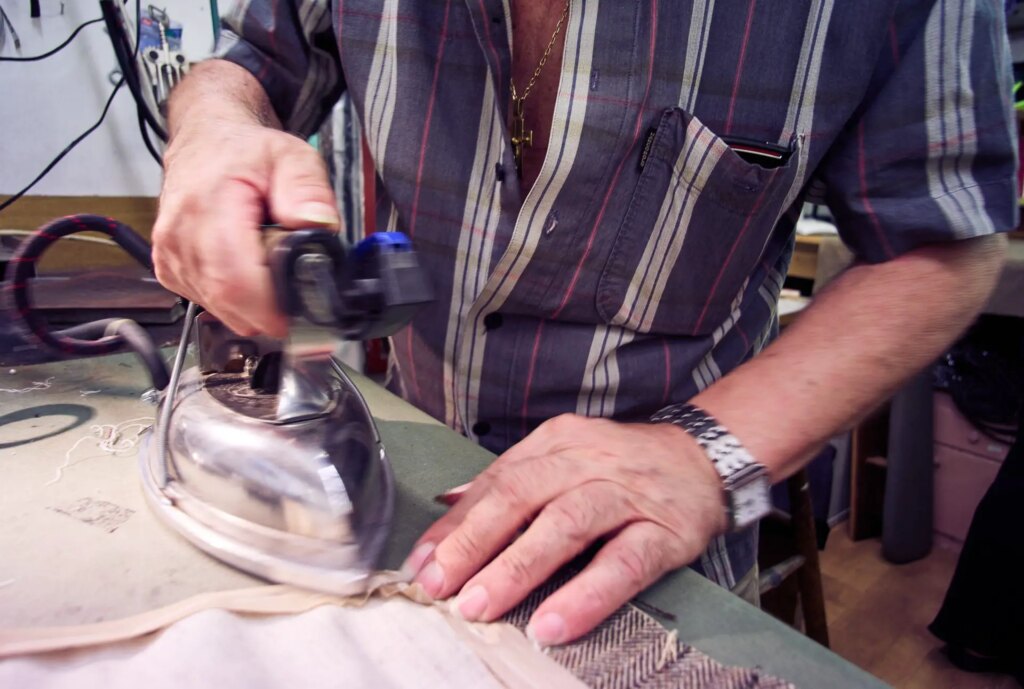
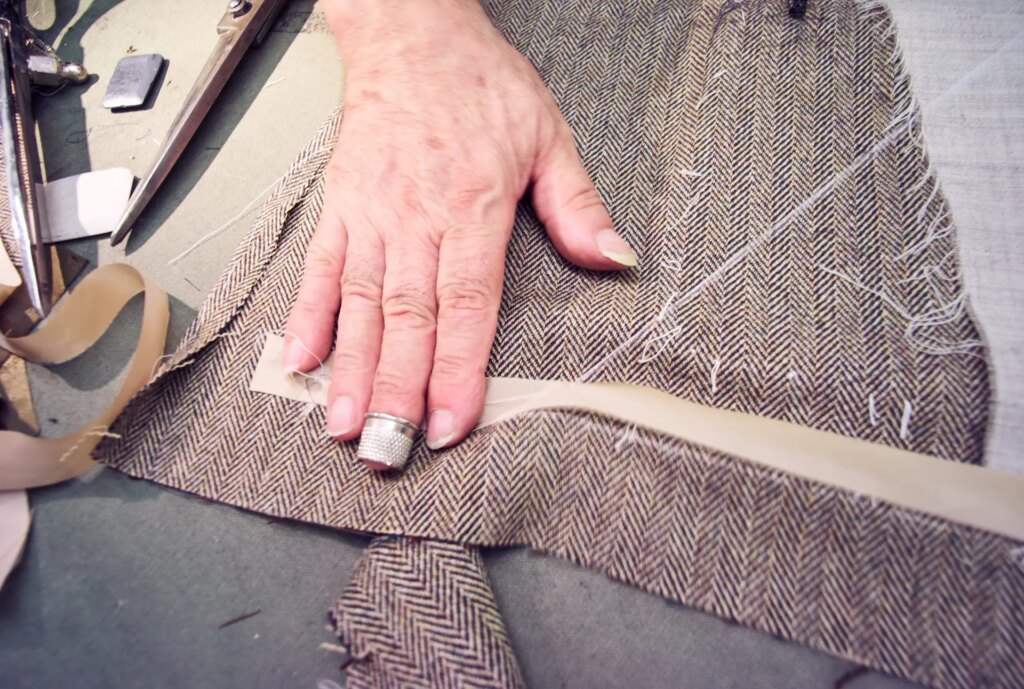
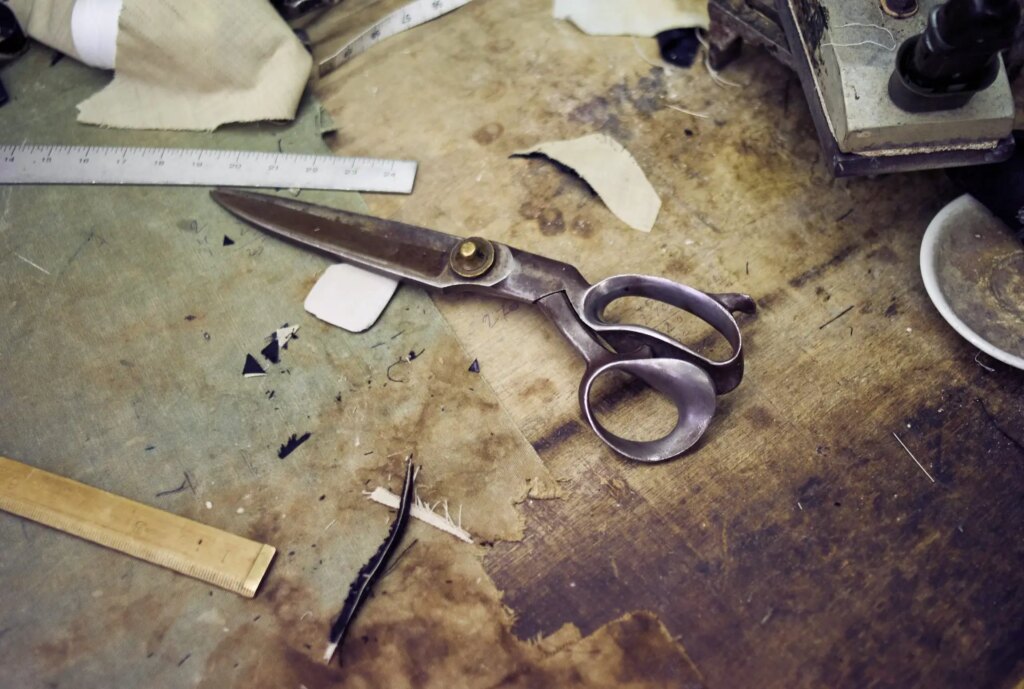
Through this photographic project, we hope to preserve the memories of Fitzrovia’s past and present for future generations. As the neighbourhood continues to evolve, we must embrace the changes and find ways to celebrate the community that makes Fitzrovia a unique and special place.
Share this post:









Comments
Erik Brammer on Fitzrovia’s Last Remaining Bespoke Tailor
Comment posted: 21/06/2023
what a nice reportage series? It must have been a pretty wide angle lens. And very nice, muted colours! Can you tell us about the gear and film?
Thanks,
Erik
Comment posted: 21/06/2023
Comment posted: 21/06/2023
Ibraar Hussain on Fitzrovia’s Last Remaining Bespoke Tailor
Comment posted: 21/06/2023
I have spent years in Fitzrovia - I first went to the UCL college in 94 and have been drinking and shopping there ever since.
Even before that TCR was a bustling street full of Hifi and electronic shops
Comment posted: 21/06/2023
Bill MESA on Fitzrovia’s Last Remaining Bespoke Tailor
Comment posted: 21/06/2023
Comment posted: 21/06/2023
Comment posted: 21/06/2023
Comment posted: 21/06/2023
David Hume on Fitzrovia’s Last Remaining Bespoke Tailor
Comment posted: 22/06/2023
I also like the technical aspects - I did not notice the colours as odd; rather I noticed the blur and distortion that we might have seen in the pre-digital days when ISOs were capped and lenses shot wide open out of necessity. I assumed it was shot on film but an M8 and 15 makes perfect sense due to crop factor and available ISO.
So it had a timeless quality in sympathy with the subject and the documentary nature. Than you for a lovely piece.
Comment posted: 22/06/2023
Tony Warren on Fitzrovia’s Last Remaining Bespoke Tailor
Comment posted: 22/06/2023
And the photos aren't terrible, very engaging indeed.
Comment posted: 22/06/2023
Huss on Fitzrovia’s Last Remaining Bespoke Tailor
Comment posted: 23/06/2023
Comment posted: 23/06/2023
Castelli Daniel on Fitzrovia’s Last Remaining Bespoke Tailor
Comment posted: 25/06/2023
Our daughter had an interaction with Bruce back when she was a undergrad art student. She was in the Met in NYC, carrying her Bessa R camera. Bruce asked her where she got it. “My dad bought it for me.” Bruce: “Good fuckin’ camera, kid. What does he use?” Kate: “A M2.” Bruce: “Smart dad.”
That’s the subtle and gracious BG.
Comment posted: 25/06/2023
Simon Cygielski on Fitzrovia’s Last Remaining Bespoke Tailor
Comment posted: 03/07/2023
Comment posted: 03/07/2023